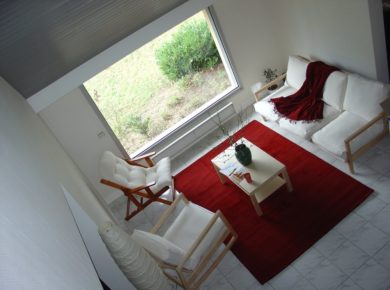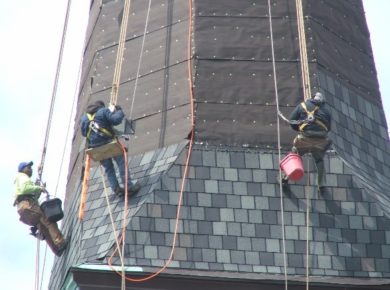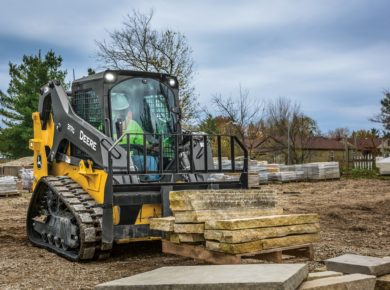Strip and plaster dividers are a piece of life in an old house. Contingent upon your circumstance they can be both delightful and irritating. Wall Plaster was utilized for a really long time as a divider covering and it was only after the mid-1940s that it started to be supplanted for a more up-to-date and quicker choice, drywall.
Whether it baffles or motivates you it merits understanding what a plaster divider is and what a portion of the advantages and disadvantages are of this authentic divider covering.
Understanding these dividers will assist you with exploring things as assorted as the distinctions in draping things on a plaster divider versus drywall, fix and fixing procedures, and even WIFI issues and possible goals!
Life structures of Plaster Walls
Plaster dividers were applied wet by a gifted plasterer utilizing a falcon and scoop. It could take more time to a month (or significantly longer in cool environments) for a plaster divider to fix completely to the point of considering painting which dialed the development cycle back.
The plaster was applied over conventional wood slat which was nailed evenly to the studs leaving little 1/4″ holes between each piece of wood. This hole would permit the plaster to push through and structure a “key” that once dry would hold the plaster safely to the divider.
There were different types of strip well known in later years like metal slat which is as yet involved today as a base for plaster applications and rock slat was an ancestor to drywall. Rock strip, well known in the authentic cusp long periods of the 1940s and 1950s were 2×8 sheets of early drywall that were nailed to the studs and afterward the plaster was applied over top of it.
Generally plaster dividers were applied in three progressive coats. The first was the scratch coat which was an unpleasant combination of lime, sand, and water applied to the strip around 1/4 to 3/8″ thick and scratched with hand apparatuses to give a decent cling to the subsequent coat called the earthy colored coat.
When the scratch coat was dry the earthy colored coat was applied similarly by scooping around 1/4 to 3/8″ thick and left to fix. The third, and last coat, which was at times avoided in lower end projects was known as the skim or finish coat and not at all like the initial two coats it was applied to a thickness of just 1/8″ or something like that.
The skim coat was initially lime and water just and starting in the mid twentieth century gypsum was normal to use for the skim coat since it would fix such a ton quicker than lime plasters.
The Pros of Plaster Walls
You wouldn’t believe however there are many aces of plaster dividers, more than the vast majority anticipate. These experts positively make keeping your plaster dividers a smart thought on the off chance that they are in fair shape or fixing them instead of removing them and supplanting with drywall.
Benefit #1 Plaster is Stronger
The elasticity of a strong plaster divider contrasted with drywall is signifigant. Simply have a go at sanding restored plaster or poking a hole in a plaster divider contrasted with drywall. Not going to occur. This strength proves to be useful to stay away from the dings, scratches, and gouges that show up with drywall.
Benefit #2 Plaster is Energy Efficient
For what reason is a thicker divider better? Heaps of reasons, however, one of the greatest is energy productivity. At 7/8″ thick a customary plaster divider is almost two times as thick as most drywall applications. Thicker plaster dividers give preferable warm breaks over drywall and that gets a good deal on utilities.
Benefit #3 Better Sound Blocking
Cement Plaster is more diligently and thicker than drywall and hence and its substance cosmetics it is better at sound constriction. It’s a given that a divider that is two times as thick ought to have something like two times as great surrounding noise canceling capacities. Extraordinary for protection, terrible for roof dropping.

The Cons of Plaster Walls
Not much’s nor are plaster dividers. The advantages I referenced above are not without their disadvantages so it’s quite reasonable to show the two sides of the coin.
Con #1 Poor WIFI Signals
Those thick plaster dividers are the spots where WIFI and cell signals go to kick the bucket. An essential remote switch will probably not cut the mustard in even a little cabin with plaster dividers. You’ll have to move up to a lattice framework like Google WIFI which I’ve utilized with great outcomes in my 1920’s home to get satisfactory help in a plaster walled home.
Con #2 Plaster Cracks
As it progresses in years, plaster is constantly restoring increasingly hard which makes it more weak than drywall. In high rush hour gridlock regions or in regions with unsound establishments breaks are normal in dividers and particularly roofs which can be crushed by age and gravity. The impacts of gravity on a plaster roof can cause more issues on the grounds that the keys don’t function as actually as they do on dividers, and people walking through from higher up can likewise debilitate the plaster roof.
Con #3 Harder to Hang Things
The past advantage of plaster being more grounded additionally implies it’s harder to nail or penetrate into which makes designing more troublesome. There are a few deceives that will assist you with balancing things on a plaster divider in this past post. Realize that placing a straightforward nail in the divider might be an unproductive pursuit assuming you have plaster dividers.
As I would see it when you figure it out it merits keeping your plaster dividers assuming you have them, however on the off chance that they’ve proactively been supplanted you’ll be okay as well. I surely accept that supplanting plaster dividers is one of the most horrendously terrible mix-ups of noteworthy mortgage holders because of the wreck and cost it makes. Assuming you have plaster partake in the advantages and hold on for the difficulties since you have a notable divider that is just found in exceptionally top of the line houses today because of the massive ability and cost it takes to have plaster dividers.















